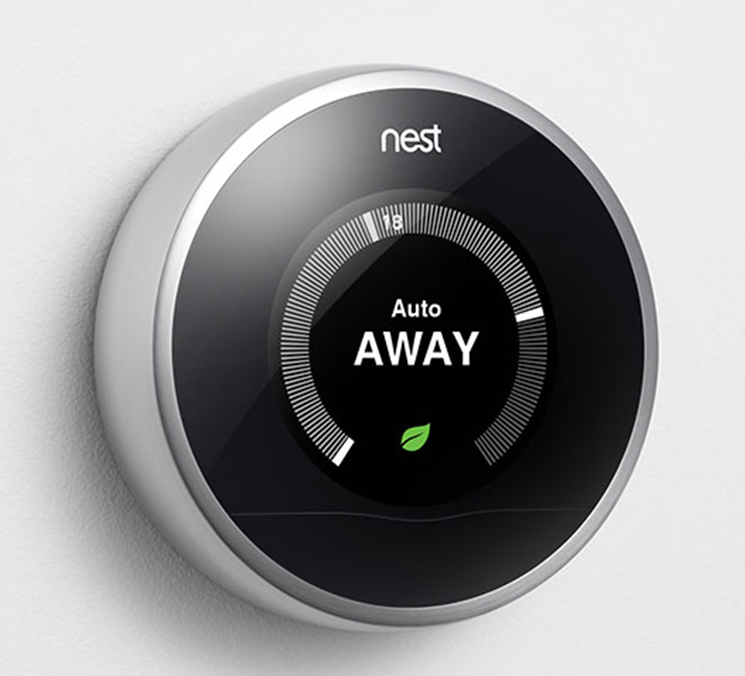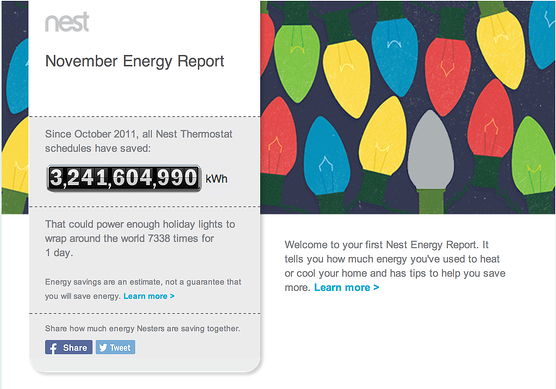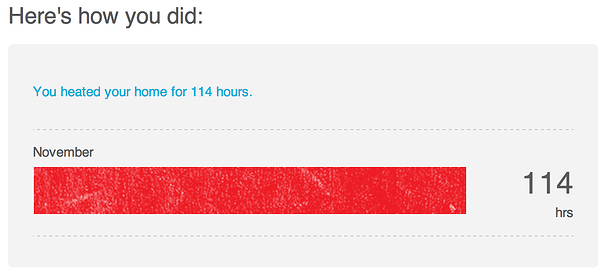Sean Claessen
Automatic for the People

How your smart home thermostat controls more than just the temperature.
Think loyalty programs are confined to the plastic cards in your purse or wallet? Or that loyalty is less about the love you have for a brand and more about the point or perk attached to an airline or credit card?
Those points and rewards have been carefully designed to coerce you to choose to shop at specific retailers, increase your basket size, and make you feel like you need to do it all more frequently, consistently, and…automatically.
The automation of behavior is the result of some serious Pavlovian design thinking. Consider the do-this-get-that schemes at the root of many traditional loyalty reward cards—the ones that have you choose to fill up at a specific gas station because you’re that much closer to earning a complimentary car wash, or the double point events that give you that extra little push to help rationalize buying that second pint of ice cream.
Now consider the last time you adjusted your home thermostat to conserve energy. If you’re one of over a million people who own a Nest Thermostat, you were probably intrigued when a little green leaf appeared on the screen to signal energy efficiency. While Nest is a “learning” thermostat, in that it learns your usage patterns and adjusts temperatures automatically, it uses the leaf as a badge to let users know when they’re conserving—and, over time, trains them to progressively lower the temperature of their home. Through the lens of loyalty design, that leaf isn’t simply an indicator of conservation, it’s a non-monetary currency that Nest users are trained to want.
Loyalty programs train people to respond to certain cues in exchange for a treat. And if you pull back the curtain on the magic of loyalty design, not only will you realize you’re no longer in Kansas (and that you likely can’t use your miles for a direct flight home at a convenient time), you’ll find most loyalty programs consist of subtle levers and mechanics designed to build profiles, collect data, extract insights, fabricate intimacy, and drive behavior.
And that’s what makes Nest so powerful. On one hand, it’s a smart gadget that gives you the ability to grab your home by its HVAC unit—transplanting it firmly into the 21st century in about the same amount of time it takes to hard boil an egg. On the other, it employs key loyalty mechanics like a unique identifier (user account), regularly delivered personalized communications (emails and app notifications), and a non-monetary currency (the leaf). Nest collects data, extracts insights from usage histories, and influences users from the comfort of their own home.

But there’s even more going on than just controlling the temperature. Nest sends each user a monthly energy report with information on how many kilowatt hours all Nest Thermostat schedules have saved since 2011, as well as letting people know how much energy they have used to heat or cool their home. Did you catch the nuance? Everything a user does to interact with their Nest Thermostat is about what they can do to save energy—and that gets signalled back to them in real-time. The monthly reports are based on usage and tell users how much they’ve used. Nest is able to communicate to its users how close they are to their goals and how far they’ve come—which taps into those parts of the brain where our feelings of motivation live (which just happens to be a bit of a holy grail for marketers).

Some Nest users even receive extra recognition in the form of a “kudos box” at the top of their monthly report. This is typically given if you’ve managed to conserve more energy than in the past, or if you’re doing something more efficiently than other Nest users—which introduces local leaderboards (gamification as a loyalty technique) and stimulates that competitive region of the brain that compels a person to acquire things like points or miles or leafs, and defend that status against others.

If we accept that the most successful loyalty programs are able to change our behavior, then it is evident that Nest regulates more than just the temperature of our homes—it automates our actions in ways that that look, feel, taste, and smell like a highly effective loyalty program. And the kicker? It’s ironic that the most powerful loyalty program people belong to is no longer connected to a plastic card; it’s not even marketed or thought of as a loyalty program. Nest is, in many ways, a loyalty company that automates powerful customer experiences—not a company with a loyalty program.
This is the first in a five-part series that examines how loyalty is at the core of the Nest customer experience.
[Image retrieved from Nest.com]